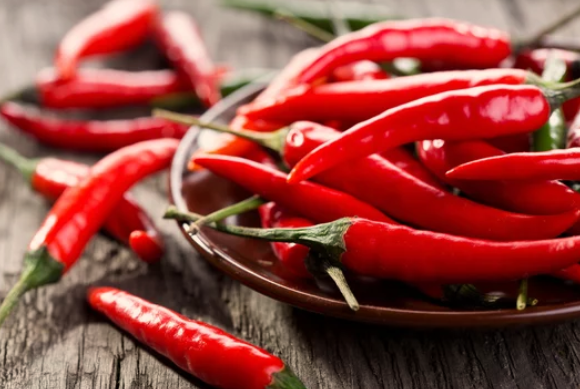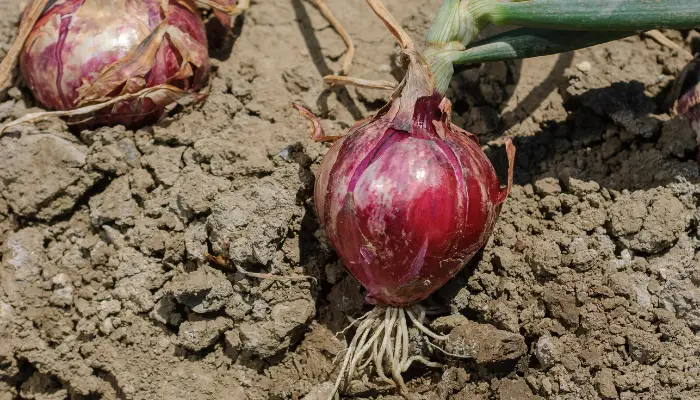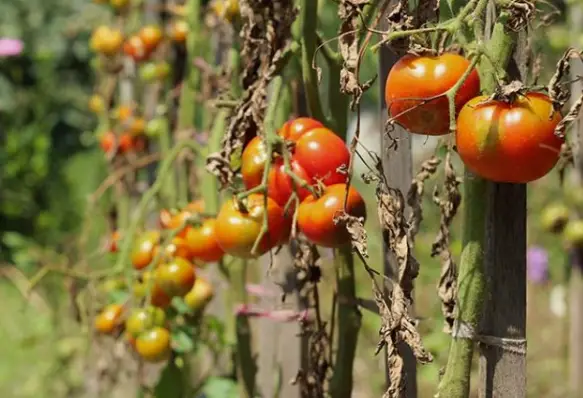How Hot Is Chili Pepper Comparison To Other Types
Have you ever wondered just how hot a chili pepper actually is, regardless of whether you love them or not?
A pepper’s degree of heat can be determined using the Scoville scale, where a pepper with a higher number indicates that it is hotter.
The most widely used varieties of chili peppers are bell, Anaheim, Serrano, and Naga viper peppers.
How Hot is a Chili Pepper
Anaheim peppers
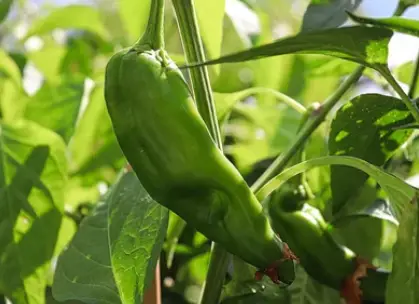
The degree of heat in Anaheim peppers varies depending on where they are grown.
While some peppers are up to 15 times hotter than others, some can be as mild as banana peppers.
Although these peppers are typically used in Mexican cuisine, they also work well when used raw.
They are also used in casseroles, stir-fries, soups, and salsas.
They’re also frequently used in chili relleno. They are also an excellent source of B6 and C vitamins.
Though they are a vegetable that grows year-round, Anaheim peppers can take several years to mature on the vine.
Picking them early in the season will maximize the flavor of this pepper.
They can be frozen as well for extended storage.
Bell peppers
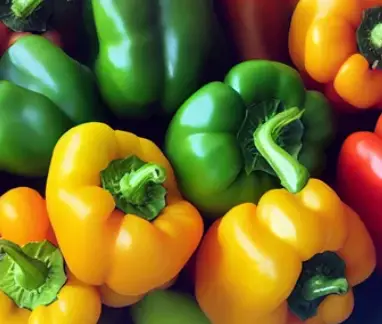
Bell peppers are generally not spicy. Handle them carefully though, as they can occasionally result in a burning sensation.
Bell peppers belong to the nightshade family of plants.
There are also eggplants and tomatoes in this family. Warm, sunny conditions are ideal for pepper plant growth.
Additionally, planting them in a protected area improves their performance.
Both proper moisture retention and good drainage are necessary for the soil.
The range of ideal temperatures is 70 to 85 degrees Fahrenheit.
They’re an excellent source of potassium, vitamin C, and fiber.
They also include lycopene, a potent carotenoid that has been connected to a reduction in the risk of diabetes and heart disease.
Serrano peppers
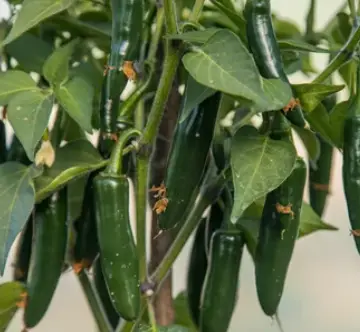
Sierranos can provide you with the heat you desire, whether you’re looking for a new hot pepper to add to your next salsa or a spicy kick to add to your barbecue.
These peppers are mild enough to be used in a wide range of dishes, despite being slightly hotter than jalapenos. Asian recipes frequently use them as well.
Generally, serrano peppers are available all year round.
They are available online, in grocery stores, and Mexican markets. To maintain their freshness, they can be frozen or dried.
Serrano peppers can be used in many different recipes, though Mexican and Southeast Asian cuisines use them frequently.
Scotch bonnet
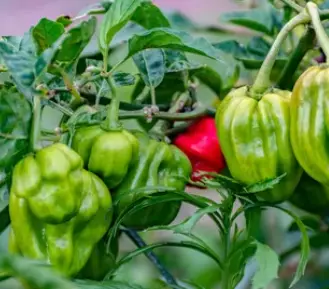
The Scotch bonnet chili pepper can give your cooking, whether you’re a professional chef or just a home cook, that extra flavor.
This spice works well in salsas, jerk dishes, and extremely hot marinades.
You can find Scotch bonnet chili peppers in a lot of supermarkets.
Chili peppers from the Scotch bonnet can be eaten raw or cooked.
In salsas, raw Scotch bonnet chili peppers are typically used.
While not as hot as ghost peppers, Scotch bonnet chili peppers can still be extremely hot.
The flavor of Scotch bonnet chili peppers is distinct. Their flavor is smoky, fruity, and sweet.
Naga viper pepper
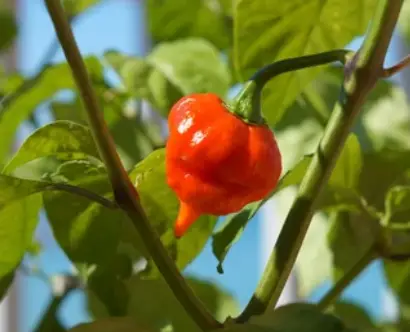
As of right now, the Naga Viper is the fifth hottest chili in the world.
It was previously tied with the dragon’s breath and ghost peppers.
For a brief while in 2011, it held the record for the hottest pepper in the world.
The Naga Viper is a tri-way hybrid grown in Cumbria, England, by Gerald Fowler of The Chilli Pepper Company.
It is a blend of Trinidad Scorpion, Naga Morich, and Ghost Pepper.
It is thought to be extremely hot and has a sweet and tangy taste.
It is rated between 900,000 and nearly 1.4 million Scoville Heat Units.
Scoville scale For pepper
The Scoville Scale was created in 1912 by American pharmacist Wilbur Scoville and is used to gauge how hot chili peppers are.
It gauges the amount of capsaicin, a compound that gives peppers their fiery, spicy flavor.
The Scoville Scale is useful for marking extra-spicy food items on menus and determining which chili is good to cook.
Scoville diluted peppers in sugar water as his initial method of measuring heat.
The solution was then applied to human tasters’ tongues.
It was thought that the tasters could detect the dilutions and, consequently, the pepper’s intensity.
In the present day, the heat of chili peppers is measured using high-performance liquid chromatography (HPLC).
HPLC measures the number of capsaicinoids in a sample of pepper in parts per million.
Conclusion
Chilli peppers are the most popular and widely used pepper in all restaurants worldwide, despite not being the hottest pepper on the planet.

